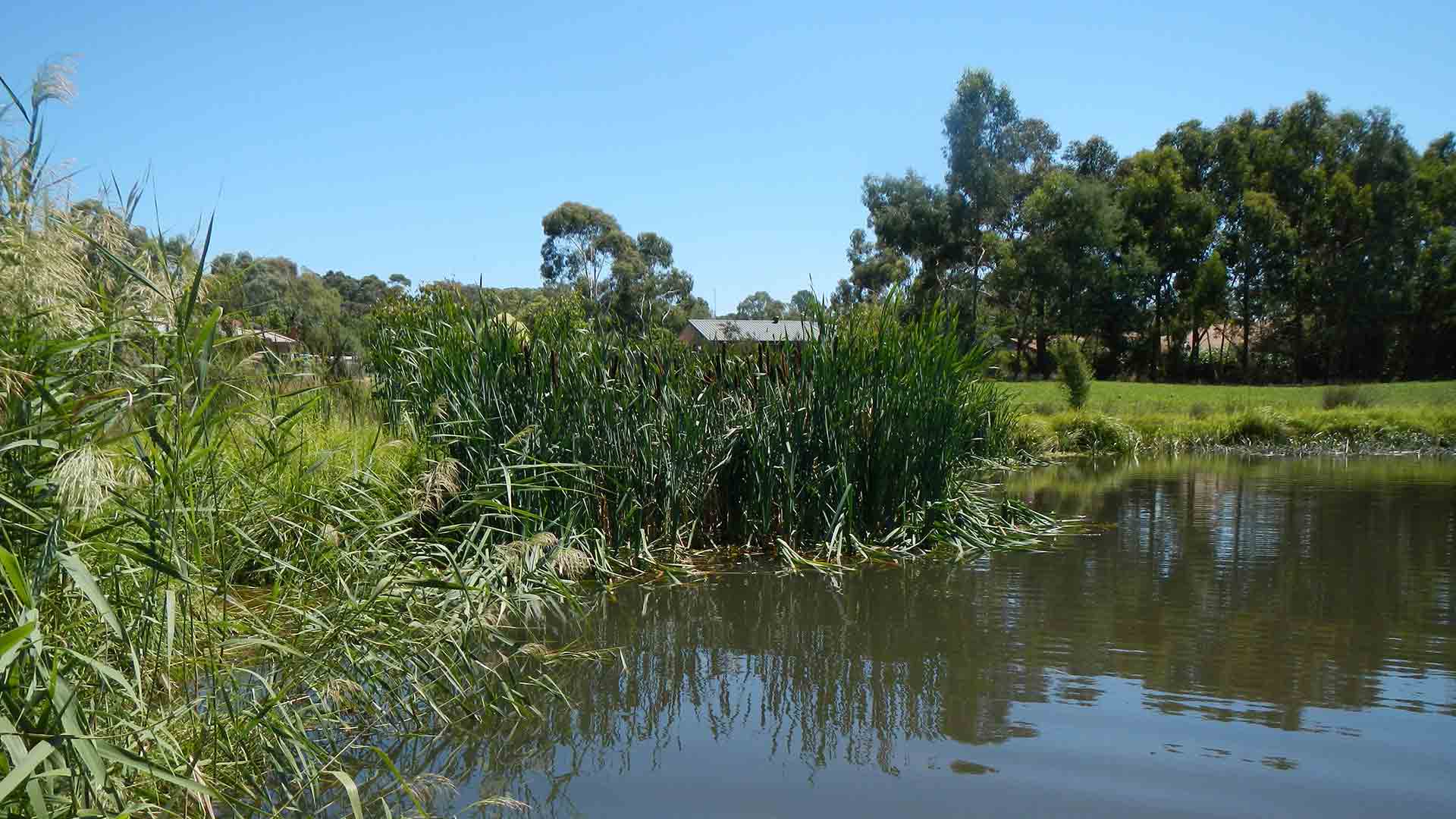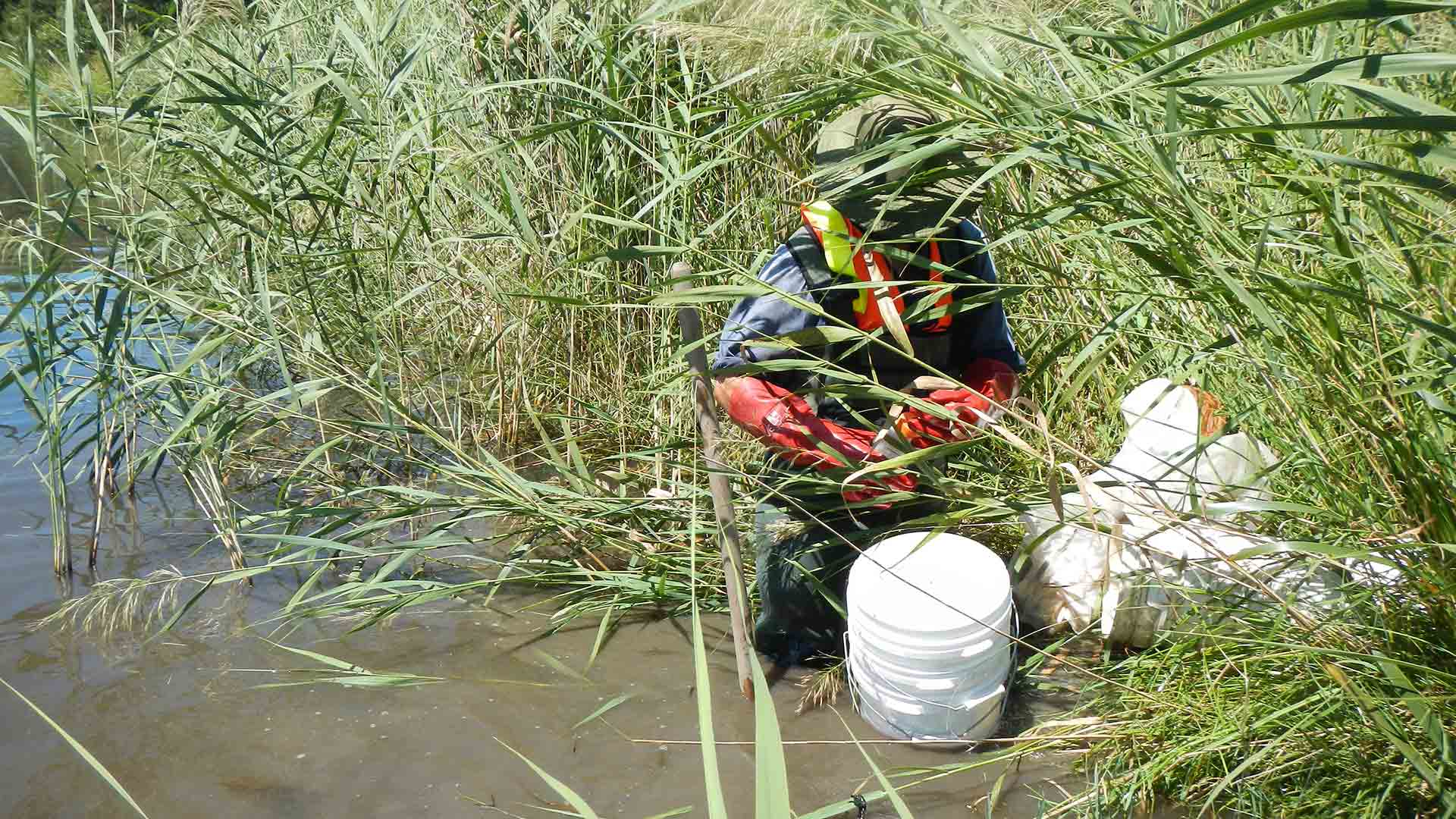Background
The Melbourne Water Sediment Quality Monitoring Program is a long-term monitoring program of sediment quality in the Greater Melbourne Area. The program has been running since 2010 and includes a total of 55 sites across the Melbourne Water catchment.

Why monitor sediment quality?
- Water quality is only part of the story
- Many toxicants bind to sediments and may be ingested by sediment dwelling creatures, like invertebrates (water bugs) which are food for fish and platypus. This is a pathway to toxicant bioaccumulation. To effectively manage waterways for ecological values, this information may be crucial.
- In stormwater treatment wetlands, sediments with bound pollutants need to be removed periodically, to allow the wetland to remain functional. Knowing what is in the sediment and in what concentration helps in the decision making process for asset management.
Key Points
- Results from the program have been used to identify trends in sediment quality over time and identify catchments where sediment toxicants pose a risk to aquatic ecosystem health.
- Pesticides and metals continue to be problematic in some catchments
- Results are used to inform decision-making and prioritisation for managing assets such as wetlands and waterways

Reports
Expected completion date
On-going
For a related project see A3P project Stormwater wetlands or please contact: Erica.Odell@rmit.edu.au or Monica.Tewman@rmit.edu.au for more information
#Melbourne Water #wetlands # sediment quality #decision-making process #asset management


